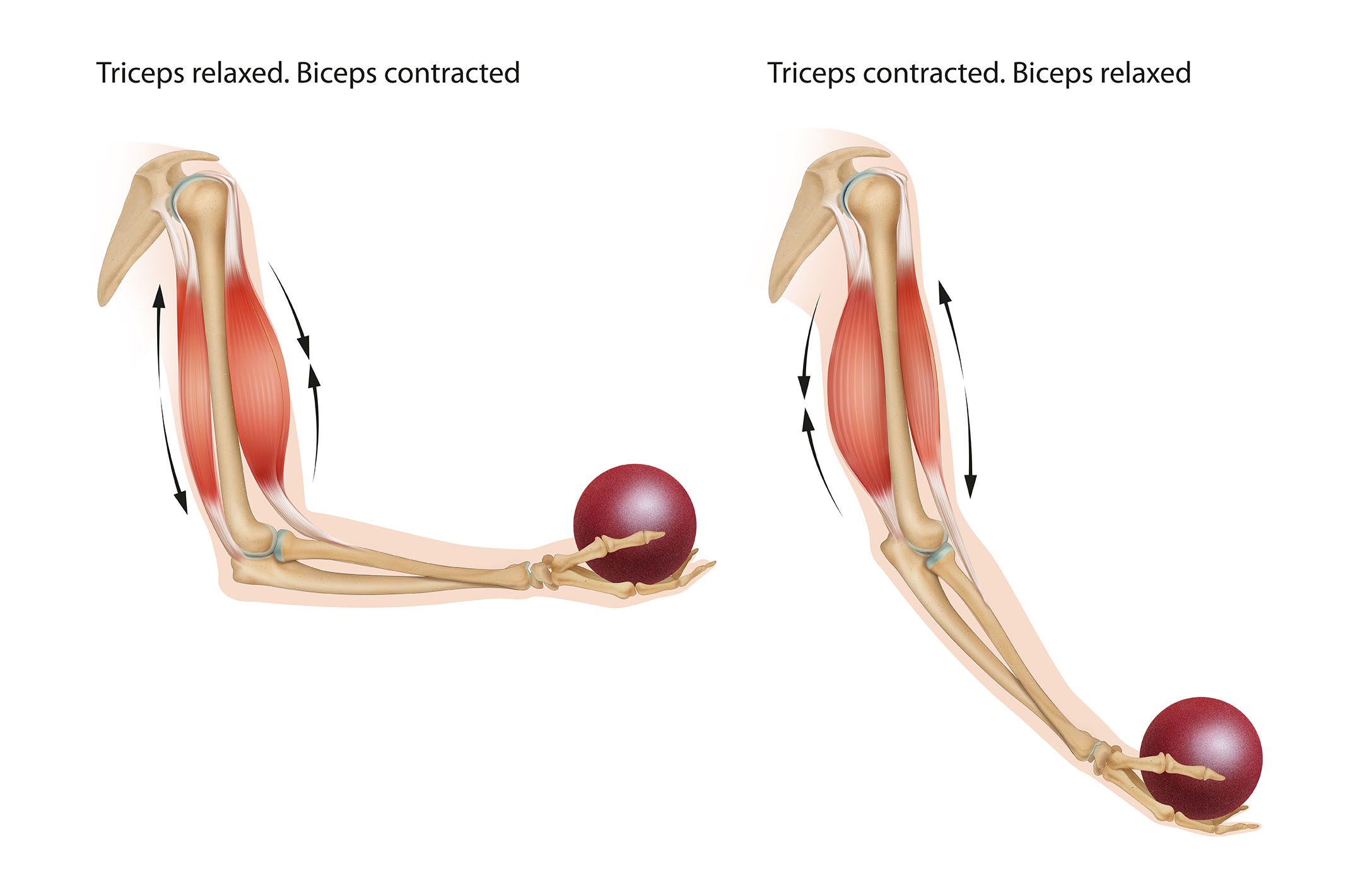
< Back
biceps
Definition
Biceps are a muscle located in the upper arm. They are responsible for flexing the elbow, which means bringing the forearm up towards the upper arm.
The biceps are a two-headed muscle, meaning that they have two main parts. The long head of the biceps originates on the shoulder blade, while the short head of the biceps originates on the humerus, which is the bone in the upper arm. The two heads of the biceps then join together to form a tendon that inserts on the radius, which is the bone in the forearm.
The biceps are a very important muscle for many activities, such as lifting weights, carrying objects, and even just reaching for something. They are also a muscle that is often used to show strength or power.
How can the word be used?
The biceps is a very powerful muscle.

Different forms of the word
Noun:
biceps (the large muscle on the front of the upper arm).
biceps brachii (the scientific name for the biceps).
Adjective:
biceps (of or relating to the biceps).
Etymology
The word "biceps" comes from the Latin word biceps, which means "two-headed." The word "biceps" first appeared in English in the 16th century, and it refers to the muscle in the upper arm that has two heads.
Question
Draw a diagram to show where your biceps can be found.
AQA Science Exam Question and Answer
Question:
What is the role of the biceps in human anatomy?
Answer:
The biceps is a muscle in the human anatomy that plays a significant role in the movement of the arm. It is responsible for flexing the elbow joint, allowing for movements like bending the arm and bringing the forearm towards the shoulder.